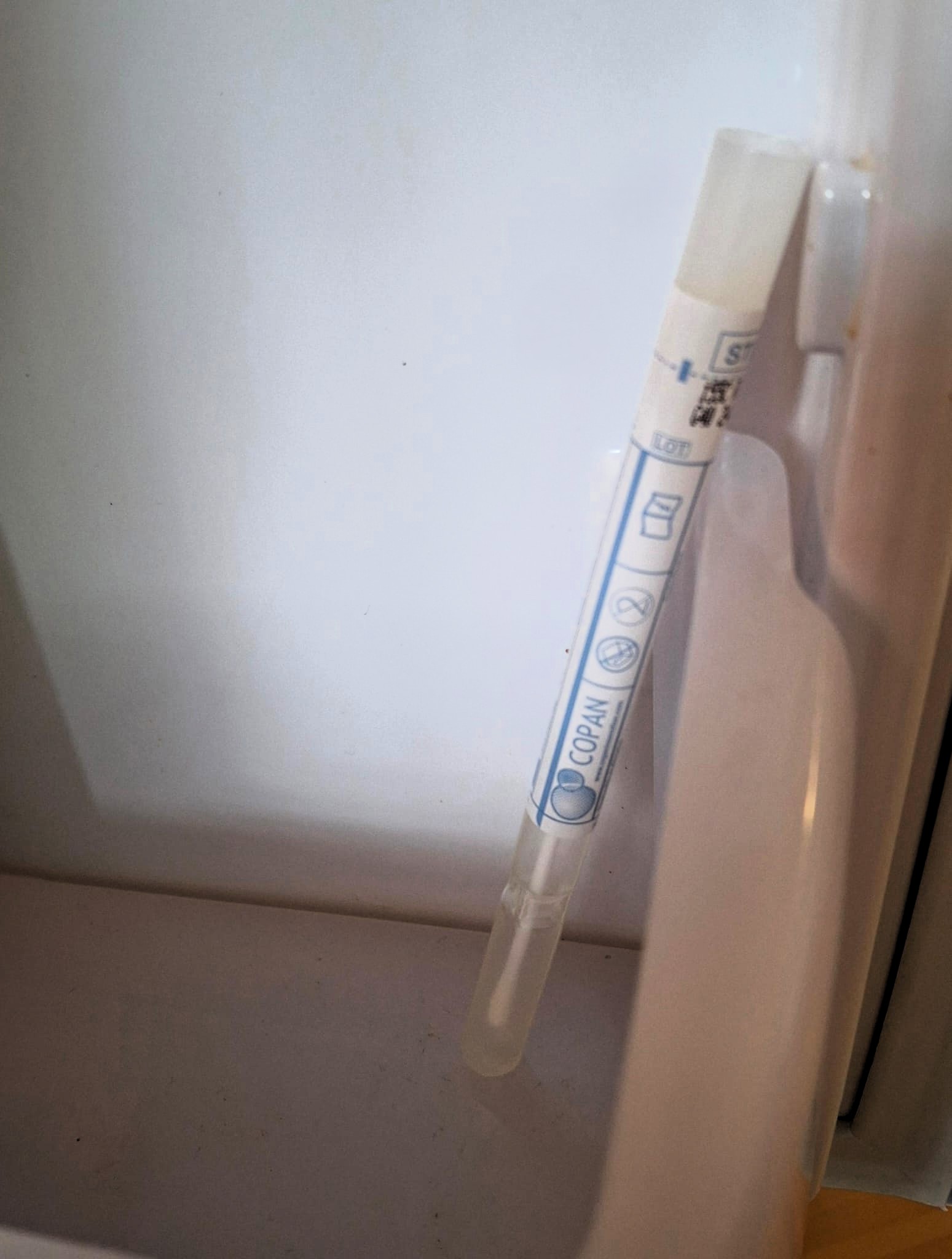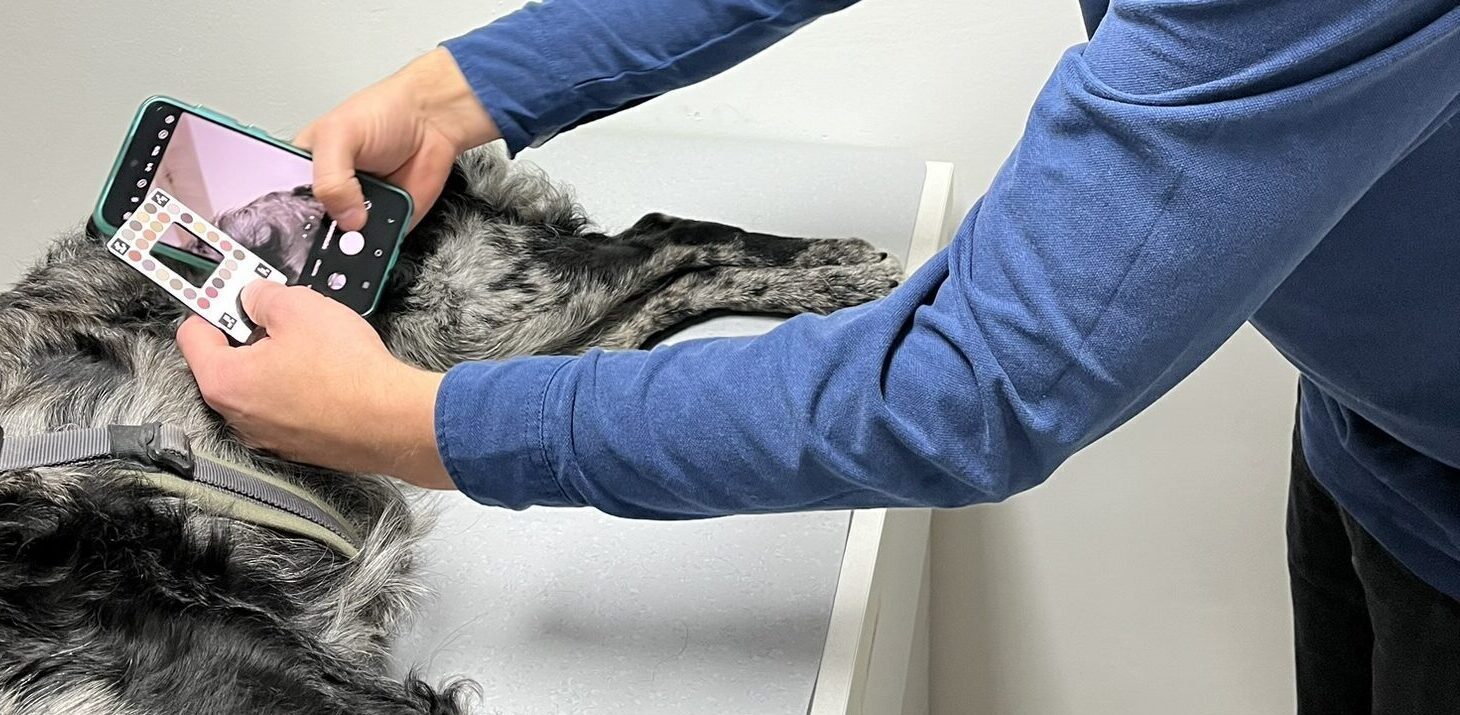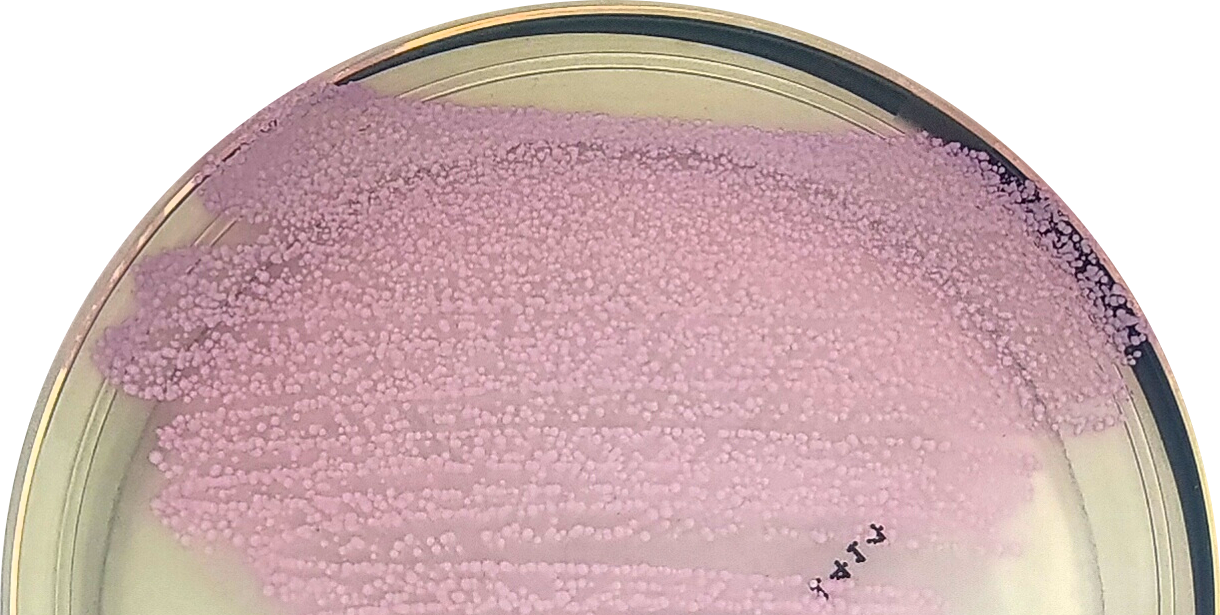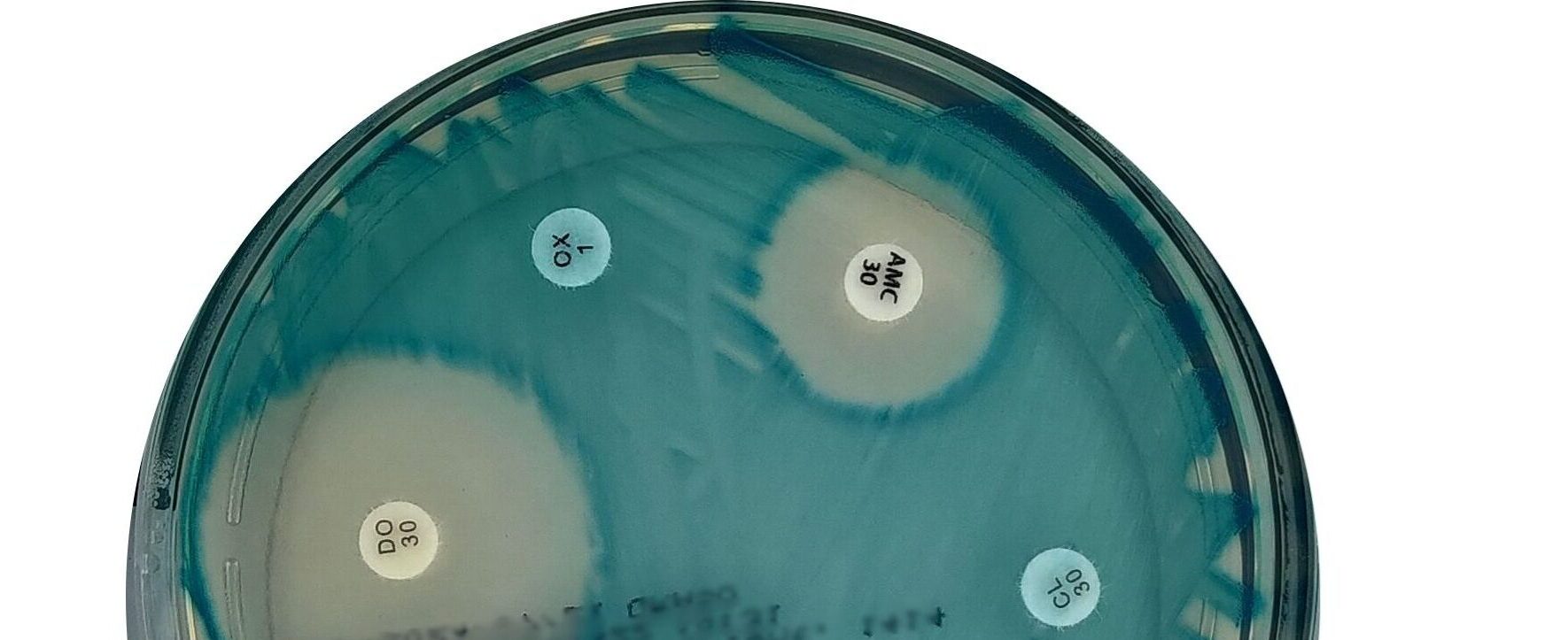Once, during a research project involving skin infections in dogs and cats, we noticed something odd in microbiology reports: an unexpected ultra-dominance of Gram-positive bacteria, mostly staphylococci and enterococci. The culprit? One batch of the samples was forgotten in the fridge (Fig. 1). Our working theory was that Gram-positives outlast the competition in cold storage. And a new paper by Tongen et al. (2025, doi: 10.1111/vde.13337) confirms it: staphylococci are indeed resilient fellows. Fortunately for all of us, leaving (definitely not forgetting! 😉) a swab in the fridge for a weekend doesn’t appear to ruin your culture and antimicrobial susceptibility (AST) results.

Fig. 1. Swab lost in space, sorry, fridge.
The study, published in Veterinary Dermatology, addressed a common real-world problem: delays in sending skin swabs for culture, especially over weekends when labs are closed. The researchers sampled lesions from 30 dogs with pyoderma using swabs in transport medium and tested what happens when one of the samples is refrigerated and delayed for 72 hours.
🧫 Culture Results
Refrigerating skin swab samples for 72 hours did not significantly affect the detection of Staphylococcus species: S. pseudintermedius, S. coagulans, and coagulase-negative staphylococci (CoNS).
But here’s the twist: Even when samples were processed immediately, there were still inconsistencies. Roughly 21% of bacterial species weren’t consistently identified across three swabs taken from the same lesion (Cohen’s kappa: 0.61–0.71). In other words, variation in sampling technique, test execution, or interpretation may introduce more uncertainty than the 72-hour storage delay itself.
🧪 Antimicrobial Susceptibility Testing (AST) Results
The numbers speak for themselves:
- Average agreement between two immediate cultures: 90.5%
- Average agreement between immediate and delayed culture (72 h): 94.6%
Just like with culture results, sampling technique and testing conditions seem to introduce more inconsistency than a refrigerated weekend delay ever will.
Conclusion
Delaying the shipment of skin swabs for up to 3 days, when stored in transport medium at 4 °C, is not a critical issue. The study found no meaningful impact on staphylococci isolation or AST.
💥 The bigger issue? Even swabs taken from the same lesion at the same time often produced inconsistent results in both culture and AST. This highlights a broader truth: diagnostic variability starts long before the lab, including sampling technique and testing methodology.
The paper also offers important guidance for clinicians interpreting results from canine pyoderma: If coagulase-positive staphylococci (e.g., S. pseudintermedius) are not detected, consider the possibility of a sampling or diagnostic error. When CoNS (coagulase-negative staphylococci) are found in polymicrobial cultures, the current guidelines recommend that treatment should target the most pathogenic organism. If only CoNS are isolated from a primary, intact lesion, therapy may be based on their susceptibility, though their actual pathogenicity remains ambiguous and understudied.
Next mission?
To investigate how much inter-laboratory variability influences microbiology results when the same sample is sent to different diagnostic labs. Stay tuned.
Blaž Cugmas, PhD, DrVet
Latest Post
-

Why integrate R&D into the daily routine of a veterinary clinic?
May 23, 2025
-

Staphylococci vs. the Weekend: What Happens When Your Swab Waits
March 28, 2025
-

Veterinary Takeaways from ESCMID Global 2025: Automated Microbiology and Digital Pathology
March 28, 2025
-

Rethinking AST Reporting in Veterinary Practice
March 5, 2025